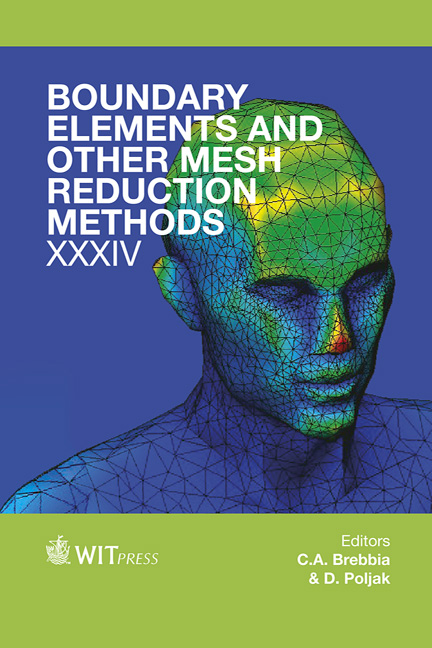Boundary Element Analysis Of The Multi-capsule Flow Using An Ultra-high Speed GPGPU Computation
Price
Free (open access)
Transaction
Volume
53
Pages
8
Page Range
201 - 208
Published
2012
Size
582 kb
Paper DOI
10.2495/BE120181
Copyright
WIT Press
Author(s)
D. Matsunaga, Y. Imai, T. Ishikawa & T. Yamaguchi
Abstract
A capsule is a liquid drop enclosed by a thin membrane. Understanding the mechanics of capsule suspension is important in a variety of applications. However, computational time is still a barrier against successful simulations for dense suspension of capsules.We have developed an ultra-high speed computation method based on Graphics Processing Unit (GPU) computing for simulatingmulticapsule flow. In the case of using single GPU, the performance achieves 1.20 TFlops that corresponds to a 550-fold speed up compared with a CPU core.We also developed an algorithm of multi GPUs that hide data communication by overlapping with computational time. Since our method enables us to simulate from one to a few hundred capsules in a realistic computational time, the method could be a powerful solution for simulating the capsule suspension. 1 Introduction A capsule is a liquid drop enclosed by a deformable membrane. Biological cells and membrane bounded drugs can be classified into capsules. To simulate the motion of capsules, a variety of numerical methods, such as boundary element (BE) method and immersed boundary (IB) method, have been employed. The BE method, which is used in the present work, is the most accurate method to simulate the motion of capsules, since the method directly treats jump condition at the membrane without any interpolation.Various studies have been conducted to simulate the detailed motion of capsules using this method, such as deformation
Keywords





